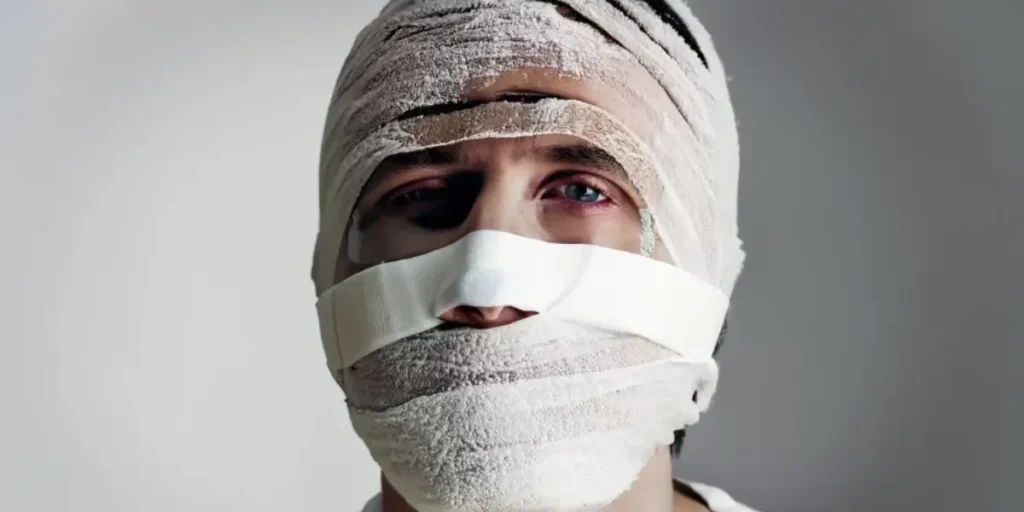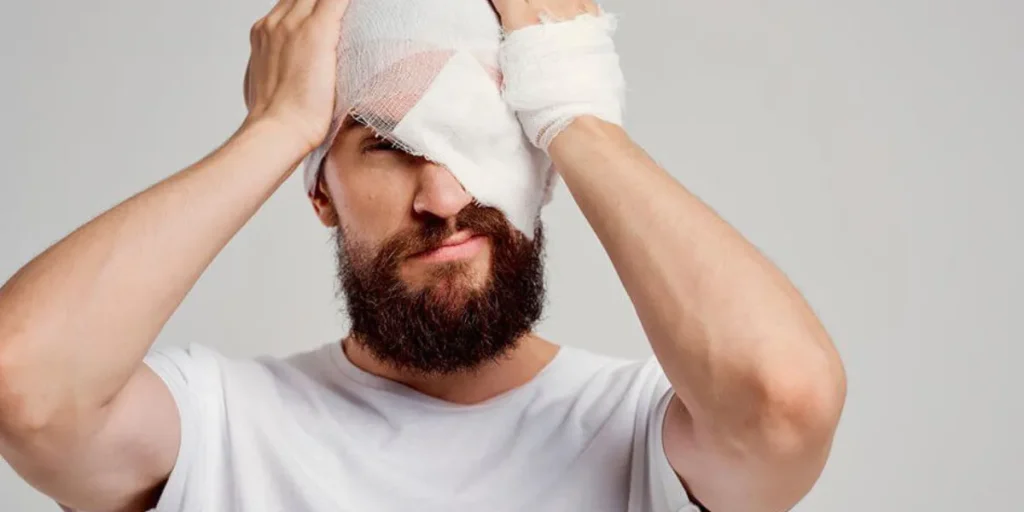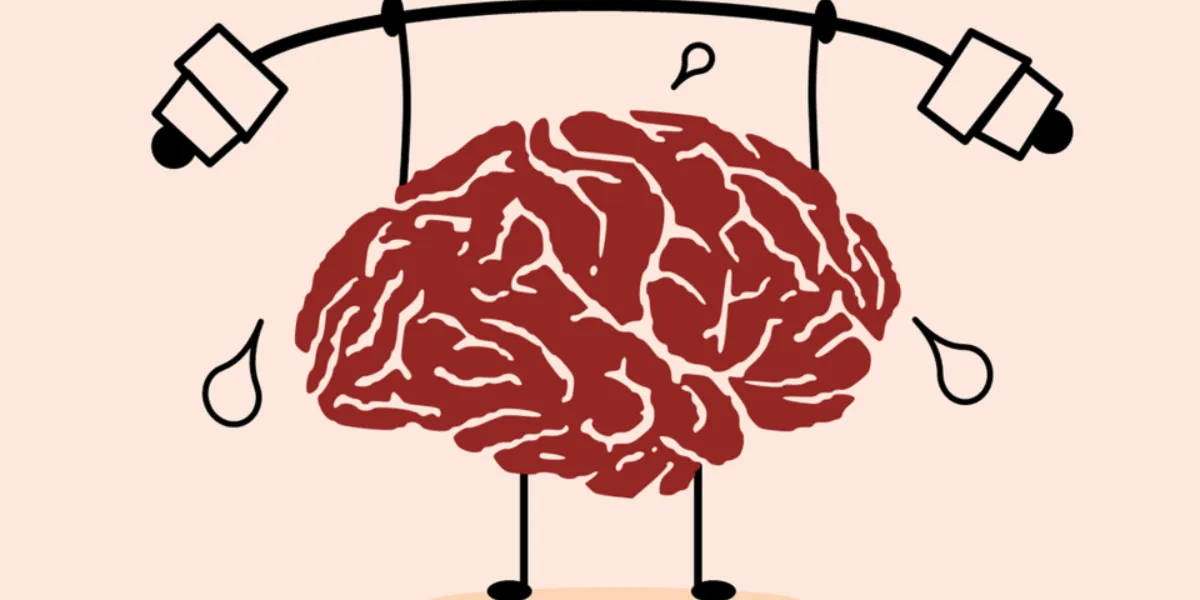A degloved face is a severe medical condition where the skin of the face is completely or partially separated from the underlying tissues, muscles, and bones. This type of injury can result from various accidents, including car crashes, industrial accidents, or falls from heights. In this article, we will delve into the causes, symptoms, and treatment options for a degloved face, as well as provide some FAQs for better understanding.
Table of Contents
ToggleCauses of Degloved Face
A degloved face typically occurs due to high-impact trauma or crushing injuries. Some common causes include:
- Car accidents
- Motorcycle accidents
- Industrial accidents
- Falls from heights
These incidents can exert significant force on the face, leading to the separation of the skin from the underlying structures.
Symptoms of Degloved Face
The symptoms of a degloved face can vary depending on the severity of the injury. Common symptoms include:
- Visible separation of the skin from the underlying tissues
- Severe pain and swelling
- Bruising and discoloration
- Difficulty moving the facial muscles
- Exposed bones or muscles
If you or someone you know experiences these symptoms after a traumatic incident, it’s crucial to seek immediate medical attention.
Treatment Options
Treating a degloved face requires prompt medical intervention to prevent further damage and reduce the risk of complications. The treatment approach may include:
- Emergency Care: Upon arrival at the hospital, the patient will receive immediate attention to stabilize their condition. This may involve controlling bleeding, administering pain medication, and assessing for any associated injuries.
- Surgical Intervention: Reattaching the skin to the underlying structures typically requires surgical intervention. The surgeon will carefully clean the wound and reposition the skin, muscles, and other tissues. In some cases, skin grafts or tissue flaps may be necessary to achieve optimal results.
- Postoperative Care: After surgery, the patient will require ongoing monitoring and wound care to promote healing and prevent infection. This may involve dressings, antibiotics, and pain management medications.
- Rehabilitation: Depending on the extent of the injury, the patient may need physical therapy or occupational therapy to regain function and mobility in the affected area.
Comparison Table: Surgical Techniques for Treating Degloved Face
| Surgical Technique | Description |
|---|---|
| Direct Closure | Reattaching the skin directly to the underlying tissues without the need for skin grafts |
| Skin Grafting | Transplanting skin from another part of the body to cover the exposed area |
| Tissue Flap Surgery | Using nearby tissue with its blood supply to reconstruct the damaged area |
| Microsurgical Repair | Reconnecting blood vessels and nerves using specialized techniques for optimal tissue viability |
FAQs (Frequently Asked Questions)
Q: How long does it take to recover from a degloved face injury? A: Recovery time can vary depending on the severity of the injury and the chosen treatment approach. In general, it may take several weeks to months for the skin to heal completely, with ongoing rehabilitation to regain function.
Q: Can a degloved face be fully repaired? A: With prompt medical intervention and appropriate treatment, many patients can achieve significant improvement in the appearance and function of their face. However, the extent of recovery depends on factors such as the severity of the injury and individual healing capabilities.
Q: What are the potential complications of a degloved face injury? A: Complications may include infection, scarring, loss of sensation, and impaired facial movement. Prompt treatment and diligent wound care can help minimize these risks.

Conclusion
A degloved face is a severe injury that requires immediate medical attention and comprehensive treatment. By understanding the causes, symptoms, and treatment options available, individuals can take proactive steps to address this challenging condition and promote optimal recovery. If you or someone you know experiences a degloved face injury, seek medical help promptly to ensure the best possible outcome.














